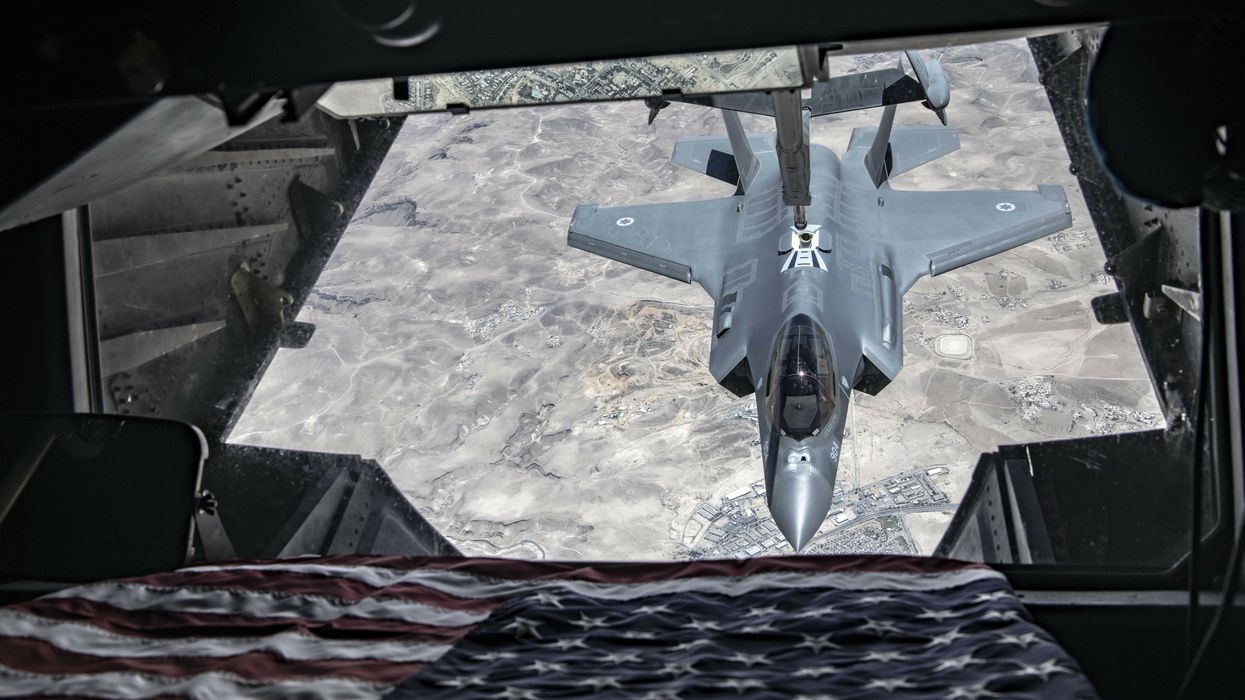After two years working under the radar, the U.S. Army’s latest Verhoevenian effort to recruit young people through online gaming, streaming, and a full embrace of digital culture has finally gotten in some hot water. Though they have paused their nearly-daily streams of popular games like “Warzone” over accusations of censorship, bait-and-switch giveaways that lead to recruiting forms, and other deceptive messaging, the U.S. Army Esports project has only just begun.
Parents beware: U.S. military recruiters are coming to a game console near you.
The U.S. Army Esports Team Twitter account is rife with anime gifs and heart emojis. The poster-in-chief is an unabashed anime fan. There’s no more shoving nerds into lockers, when comic book superheroes and video games are at the forefront of popular culture. And as nerd culture continues to ascend, its young adherents will be called to do battle. Not for the Borg or the Night’s Watch, but for the United States Armed Forces.
Traditional recruiting methods have been stalled, thanks to coronavirus potentially rendering handshakes deadly. Instead, the decades-long project to use video games as a recruitment and training tool will get its perfect stress-test.
As early as 1999, the Pentagon has been sponsoring video game development, from breaking into the first-person shooter game with “America’s Army,” to eventually advising entries in the massively popular “Call of Duty” franchise. By 2015, in Instruction 5410.16, the Pentagon included “electronic games” in the list of media that “may benefit Military Service recruiting and retention programs.” By 2018, the Esports team was born, cashing in on the rising star of competitive video games and, crucially, unmoderated voice chat rooms.
Top military recruiters have been pleased with the gamer-to-soldier pipeline. Major General Frank Muth credits the foray into video games as a major success for recruitment endeavors, and despite the best efforts of Twitter comedians, the endeavor will continue, as Assistant Secretary of the Army for Manpower and Reserve Affairs Casey Wardynski has made clear: “We have to confront this question of, will we wait until they’re 17, or will we start talking to them at age 12, 13, 14, 15…?”
With the popularity of esports on the rise, an army-fielded team was a no-brainer. With online gaming growing more popular by the day, showcasing top gaming talent at a tournament or in regular online play is more lucrative than, say, a classic Go Army commercial during half-time on Monday Night Football. Gen. Muth recognizes the importance of meeting the youths where they are: in the digital world. And that digital world is often unmonitored and unmoderated.
Indeed, with games like “Fortnite” assigning players to randomized rooms, there is no telling who your kids are talking to. That’s panacea for a military in the midst of its forever wars. No need for parents who have been worn down from decades of indefinite conflict when you can just talk to their kids yourself. Recruiters also don't have to worry about the negative opinion of the ACLU when you can talk to kids during likely-unmonitored media time.
The military is facing a minor recruiting crisis, likely on account of public exhaustion of endless warfare with little results. Parents aren't interested in teaching their kids about military enlistment when the reality is their kids might die and still, the war and occupation will drag on for another ten, twenty years and then maybe end without much resolution. Instead, the military has opted to target kids directly while playing video games.
The six games the U.S. Army Esports team fields are among the most popular in the world. One of those games, “Fortnite,” is nearly as popular as Snapchat among young people, with 61 percent of teens having played at some point.
But when it comes to the UwUification — the full embrace of cutesy, nerdy popular culture to reach eligible young recruits — of the armed forces, America is far behind its allies. The Japanese Self Defense Force has painted “moe” characters on plane noses, a decidedly safer-for-work version of the pin-up girls that firebombed Japanese cities to high heaven.
Official recruiting posters have featured cute anime girls for quite some time as well. In 2015, the JSDF used the popular manga “Gate” in recruitment posters; in 2017, “The Irregular at Magic High School”; in 2019, “Strike Witches”; and in 2019, some cute boys were thrown into the mix as well. With the JSDF in the midst of a recruitment shortage, much like the U.S., tapping into increasingly mainstream nerd subcultures will expand the applicant pool.
Not much is known about the success of the esports endeavor, because the military has maintained that the team is not staffed by recruiters, despite their being a part of the Army's recruiting command rather than a press or communications outfit. Or, rather, they did until a recent article that called the operation, and its Twitch (a popular video game streaming platform) channel, “a relatively new recruiting outreach initiative.” Giveaways and contests hosted on the channel, alongside regular streaming programming, Gen. Muth said, “give [recruiting operations] the ability to see which activities work and which ones don’t” for engaging young people. Kids as young as twelve are eligible to enter game accessory giveaways that redirect to recruiting forms.
Popular Twitch streamer Hasan Piker criticized the practice, calling it “predatory” and “a violation of [user] safety,” but outside of gaming media, it’s hard to find opinions on the recruitment efforts at all. Most of the non-game industry media on the matter regurgitates press releases, with little analysis or skepticism. Finding nay-saying parents is nearly impossible, but that’s the benefit of using a platform like Twitch — parents likely haven’t heard of it. Perhaps that’s why the only champion for ending esports recruitment is Congress’s resident gamer.
Rep. Alexandria Ocasio-Cortez (D-N.Y.) has put forth an amendment on an upcoming House Appropriations bill that would prevent the military from using funds to “maintain a presence on Twitch.com or any video game, e-sports, or live-streaming platform,” but Twitch is not the end-all of the video game recruitment efforts. The esports team can keep a virtual presence up as long as electronic games are included in Instruction 5410.16.
But beyond that, they can keep it up as long as they can afford an Xbox Live subscription and an internet connection. While they’ve temporarily stopped streaming after potentially violating First Amendment rights by banning the phrase “war crime” from their Twitch chat, there is, again, little to suggest this will halt Gen. Muth’s masterplan to keep plucking kids from the virtual battlefield to the “irl” ones.
Declining interest in glory and valor means the military must use increasingly novel ways to persuade young people to join the ranks. Today it’s video games and anime, tomorrow it might be YouTube cooking microcelebs (Bon Appetit videos do rake in a lot of views). Wherever it is, hopefully there will be a few vigilante teens willing to troll it into the ground.
















